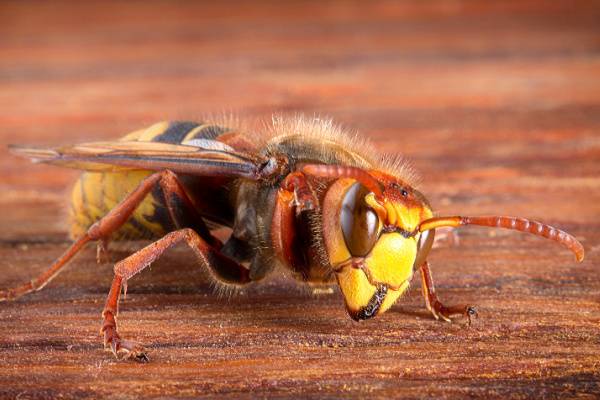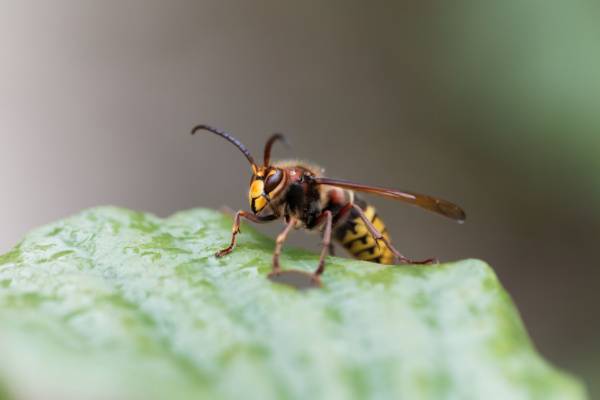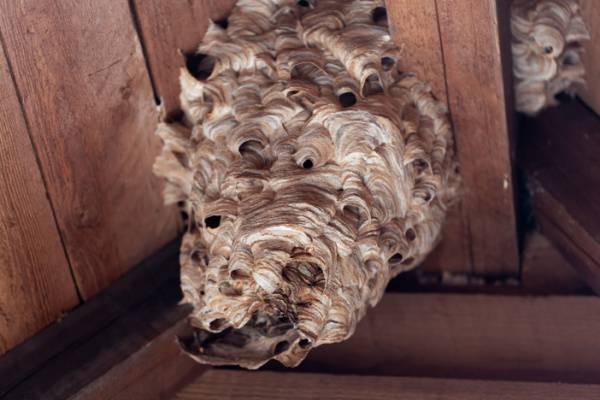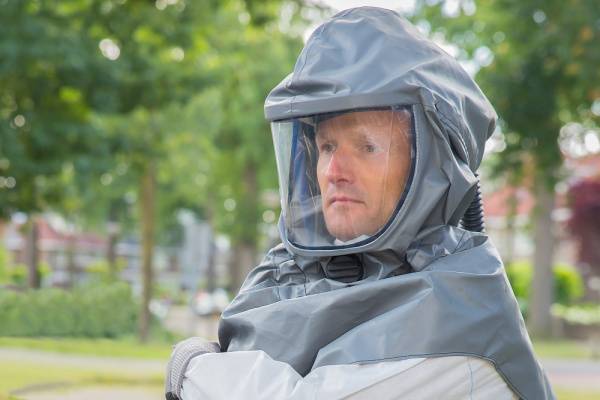North and South Carolina are being invaded by a species of hornet known as European Hornets. This invasive pest has recently settled in the American southeast and they are causing problems for homeowners and businesses alike.
Where Did They Come From?
First detected in the eastern United States in the 1840s, European Hornets have been well established in Pennsylvania and throughout the east coast. They have steadily moved into the southeast and are now being seen by more and more homeowners.
In this article we will talk about the physical characteristics of the European Hornet, their habitat, behavior, potential dangers, and management strategies to prevent a problem at your home.


What do European Hornets Look Like?
The European Hornet is longer than many other hornets or wasps you typically come across - they can grow up to 1.5 inches in length. Their abdomen is marked with brown and yellow stripes, and the face is pale with dark eyes. The wings are reddish brown and legs are brown with black tips.
Hornets Nest
These hornets are nest builders, but they prefer more secluded locations, so you may not know they’re there until they’ve built a large nest. The nest is built of a paper-like substance just like many other species. They can often be found in hollow trees, wall voids, attics, sheds, or other out of the way locations on your property.
Where do European Hornets Live?
Most often, European Hornets are found in the woods; but as our urban centers continue to grow, we are seeing an increase of colonies nesting in residential and business areas.
These hornets have a similar social structure to other social wasp and hornet species. They live in colonies consisting of one queen, workers, and drones. The queen begins laying eggs in the spring and by late summer, the colony can consist of up to 1,000 hornets.
Black Widows, Wasps, and Ants
"Jordan was awesome and very thorough. Had black widow spider webs around many places outside along with many wasp nests and ant hills. He treated it all very quickly. Much appreciated!"
Carol - Simpsonville, SC
Are European Hornets Dangerous?
European Hornets have a painful sting that will cause swelling and redness in most people; in rare cases, they have been known to cause cardiac arrest. Those with allergies should use extreme caution.
They are not aggressive unless threatened. If you come across any wasp or hornet nest, it is best to stay clear and call Croach® for professional wasp removal. In addition to the threat these pests pose to humans, their nests can cause structural damage when built on your home.


How Do I Keep European Hornets Away From My Home?
The first course of action to keep European Hornets from moving in is close any gaps or cracks around your home or business. Removing food sources and addressing any standing water issues will help lower the risk of wasps and hornets building nests on your property.
Consult with a pest management professional like a Croach® technician to help determine the best treatment and preventative pest control for your home.
European Hornets are a potential danger to your family and cause property damage when left unchecked. Preventative measures can be taken to avoid infestation. If you do find a nest, contact Croach® and we will help develop a plan to eradicate the problem, and prevent future problems.
If we are vigilant, and work together, we can reduce the impact of the European Hornet in North and South Carolina. Croach has offices in Columbia, SC, Greenville, SC, and Charlotte, NC to serve you.

